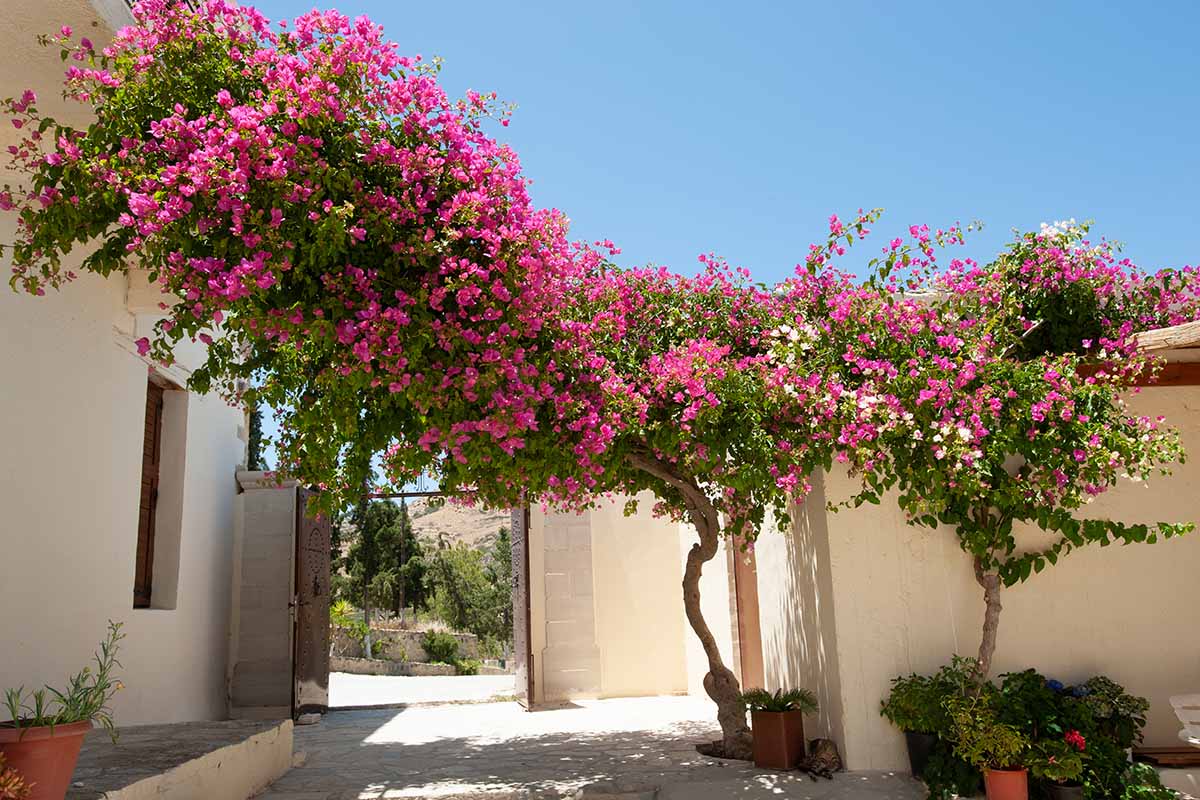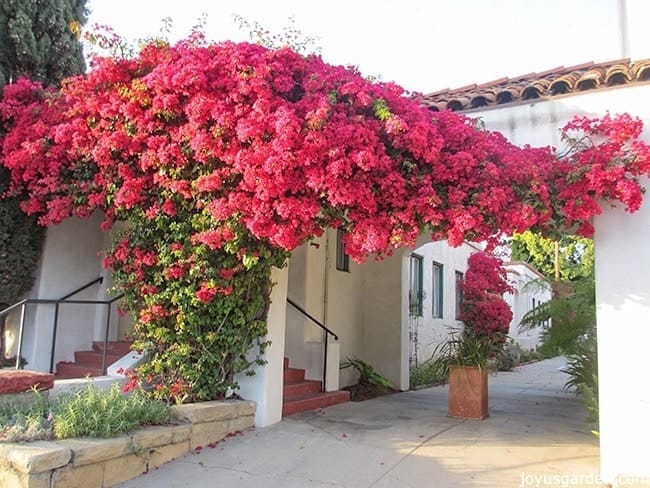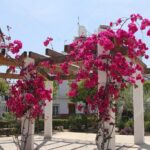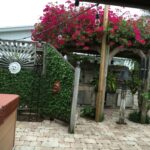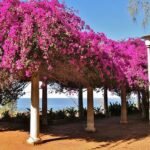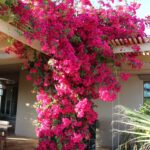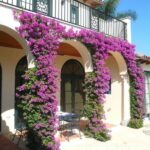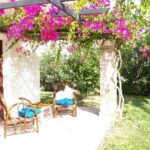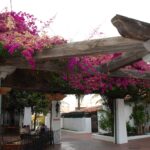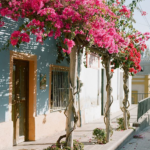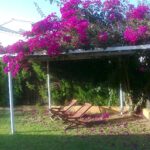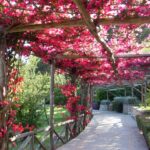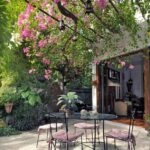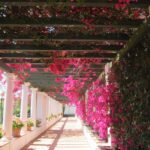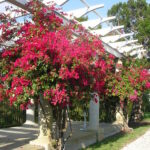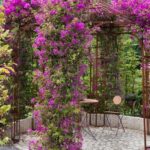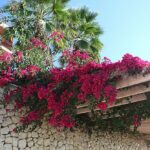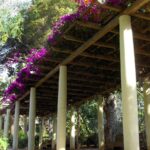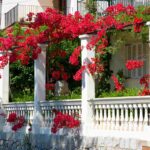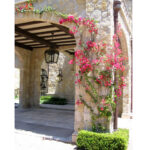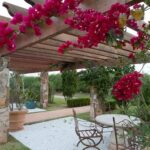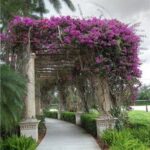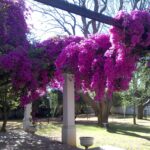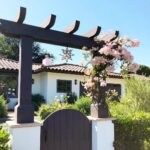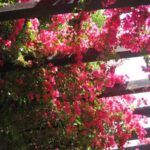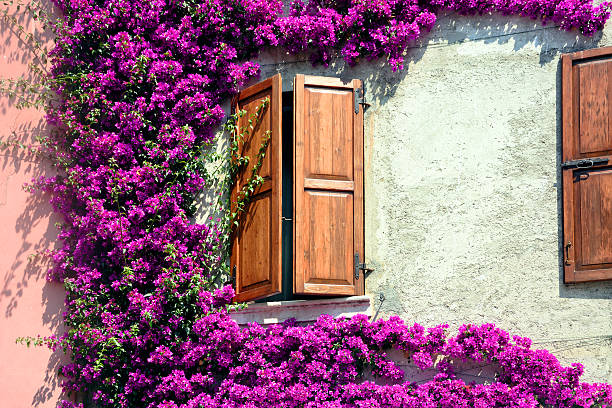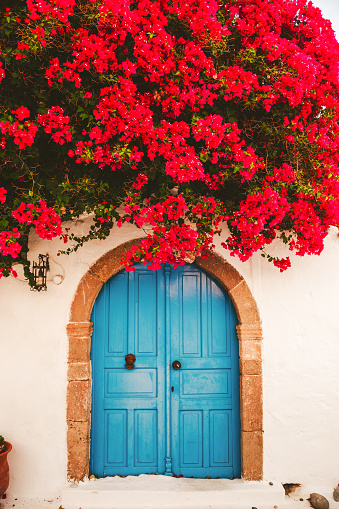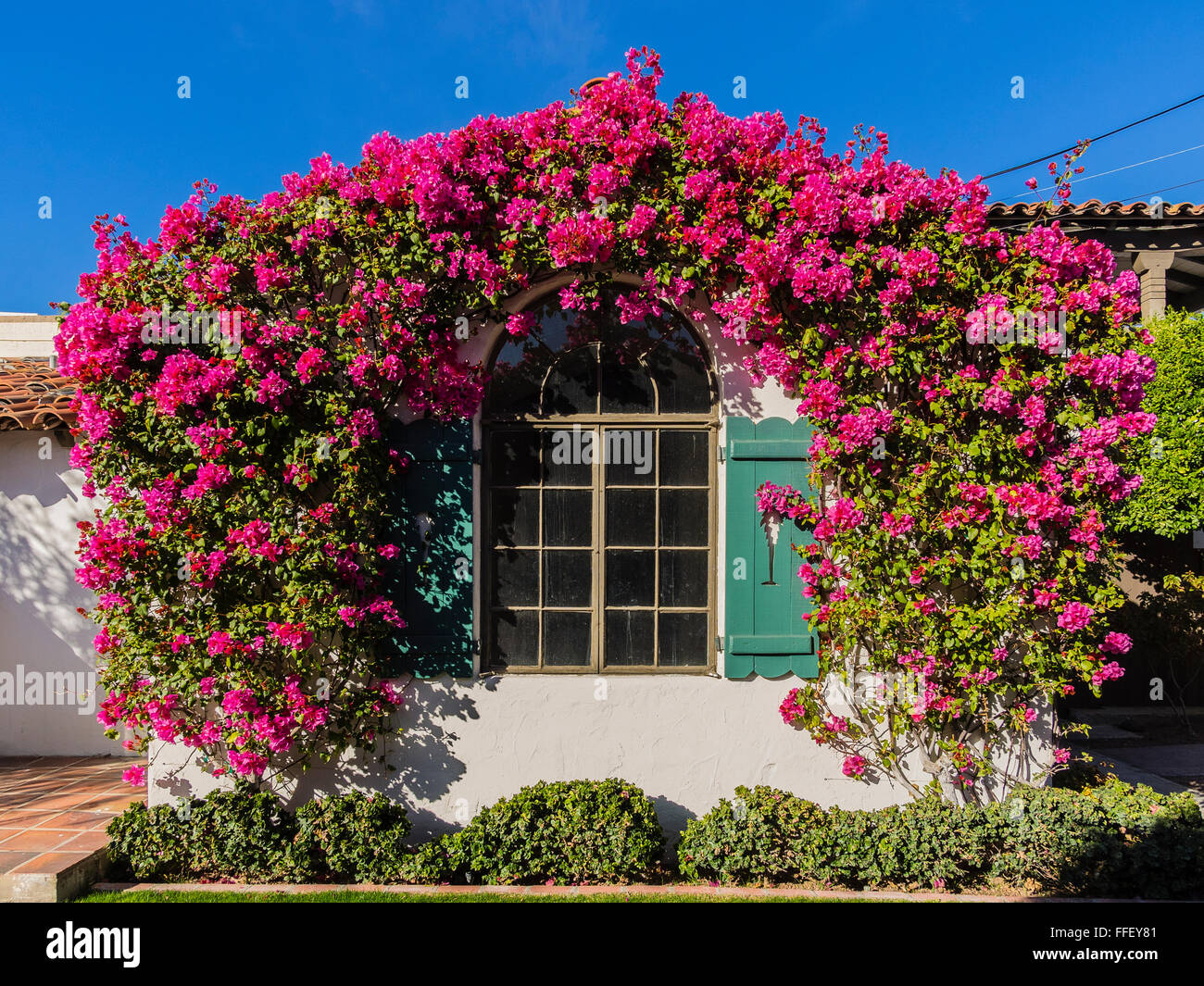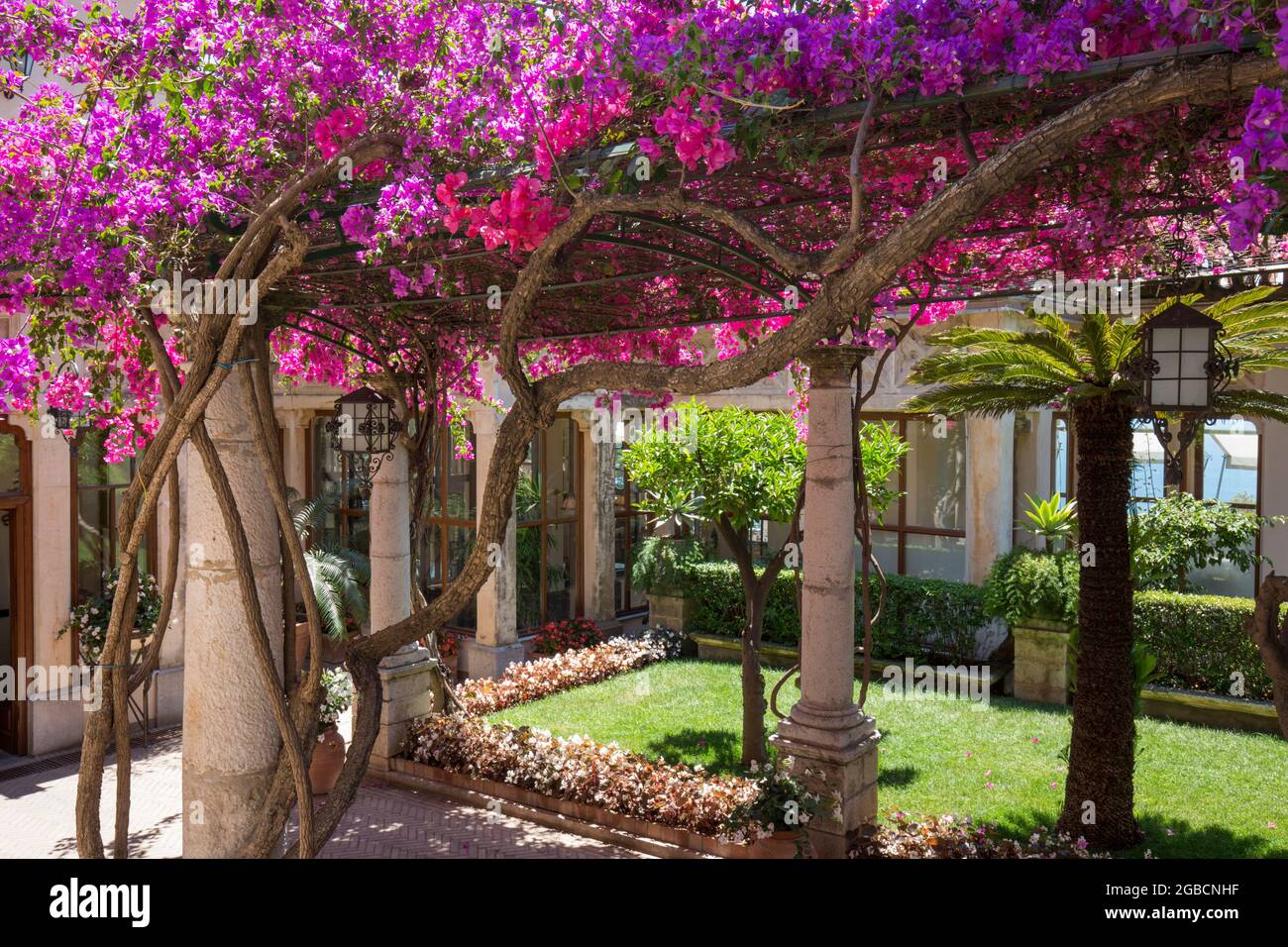Repot if necessary in early spring with clay-based compost such as John Innes 3If packaged, place outdoors in full sun, preferably 18-21°C (65-70°F) at night, a few degrees warmer during the dayWhen plants are growing vigorously around mid-April, water freely and feed weekly with a high-nitrogen liquid feedWhen the bracts show color, change to a high-potassium feed and move the plants to cooler conditions (if possible to 10°C (50°F)) with good ventilation and protection from direct sunlight. This encourages the bracts to mature and remain longer on the plant. Cooler conditions can cause the leaves to hang for several days so water less often until the plant adjustsOnce bracts have dropped, resume high nitrogen application to encourage a second flush of bractsAutumn and winterWhen flowering ends, usually in September, reduce watering frequency, allowing the plant to become drier between waterings and stop feedingFrom November, water occasionally but thoroughlyMaintain a minimum nighttime temperature of 10°C (50°F). Bougainvillea can be stored above freezing provided the compost is kept relatively dry but they will lose leavesPruning and trainingBougainvillea requires a trellis or pillar for support and can be trained as a standard and pruned with spurs to limit size. They bloom on the current season’s growth so prune in late winter or early spring, just before growth begins.
Early in the season, bend and tie in young vigorous growing leaves to control vigor and stimulate bract formationAfter the bracts have fallen, this long growth is halved to encourage a second flush of bracts in late summer



